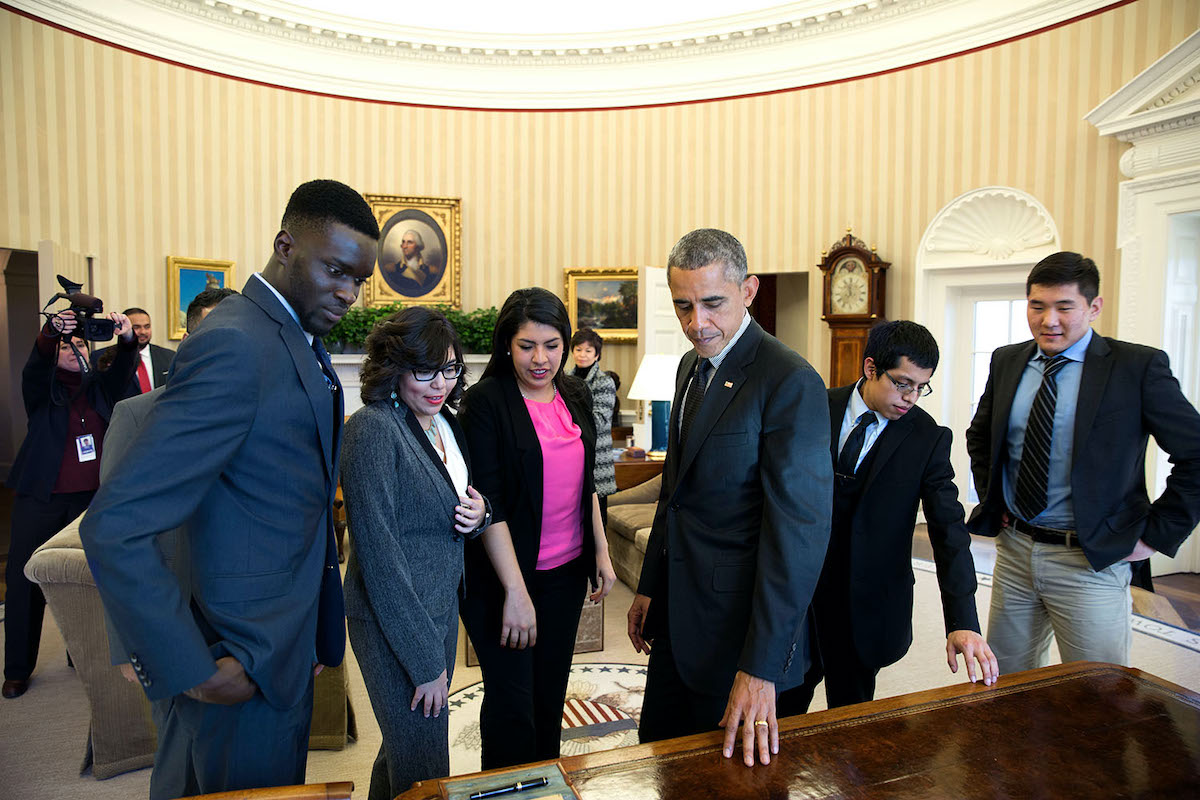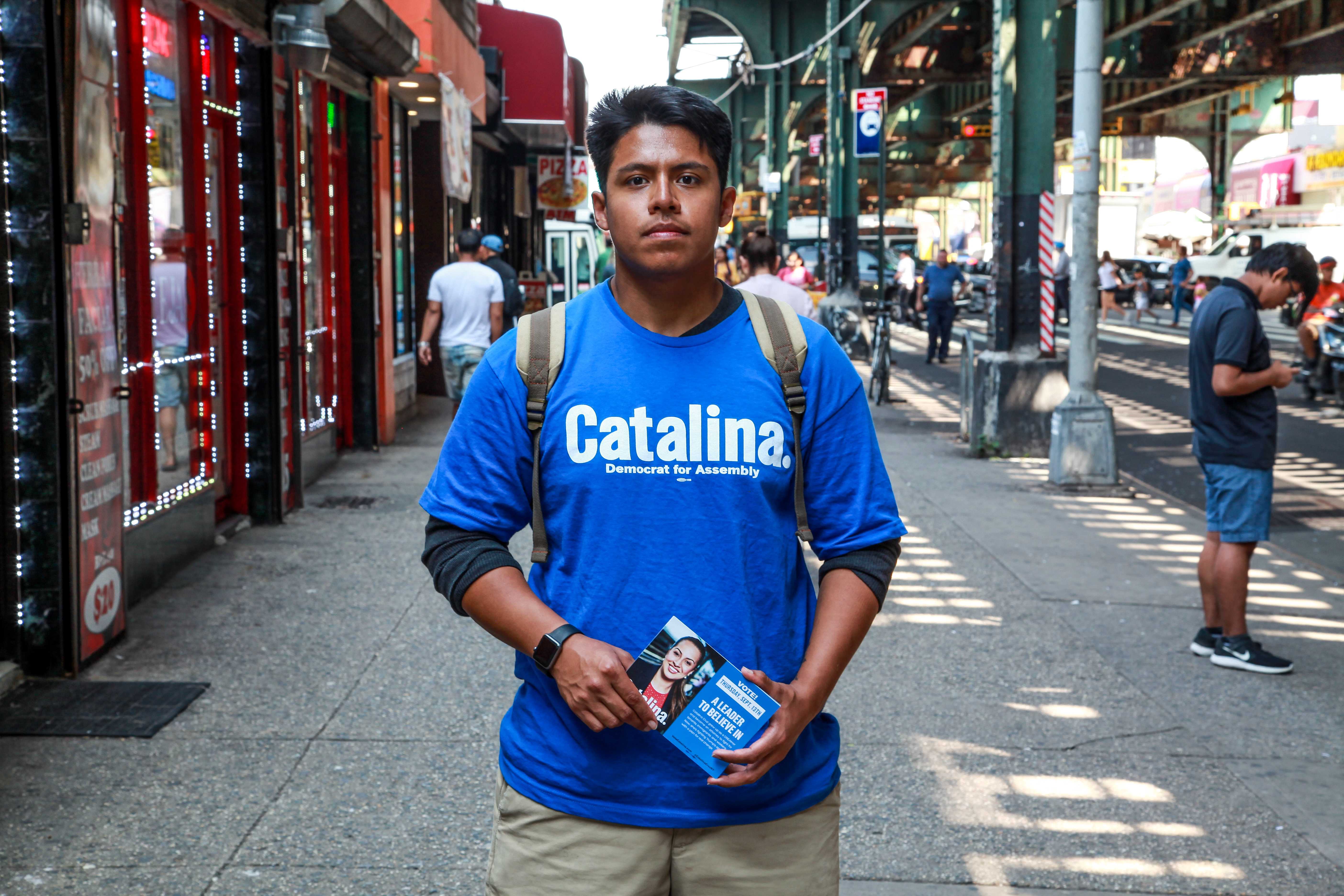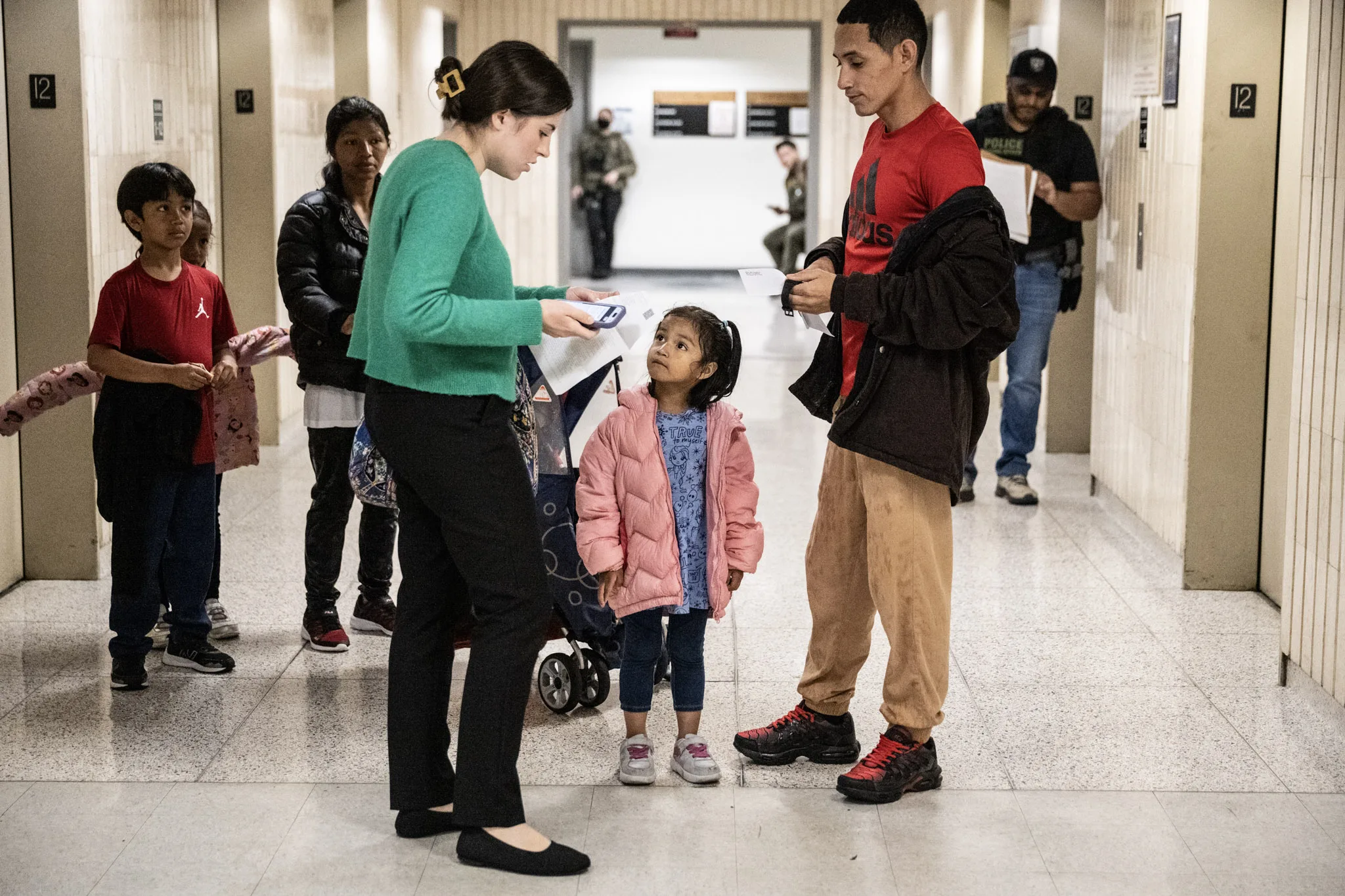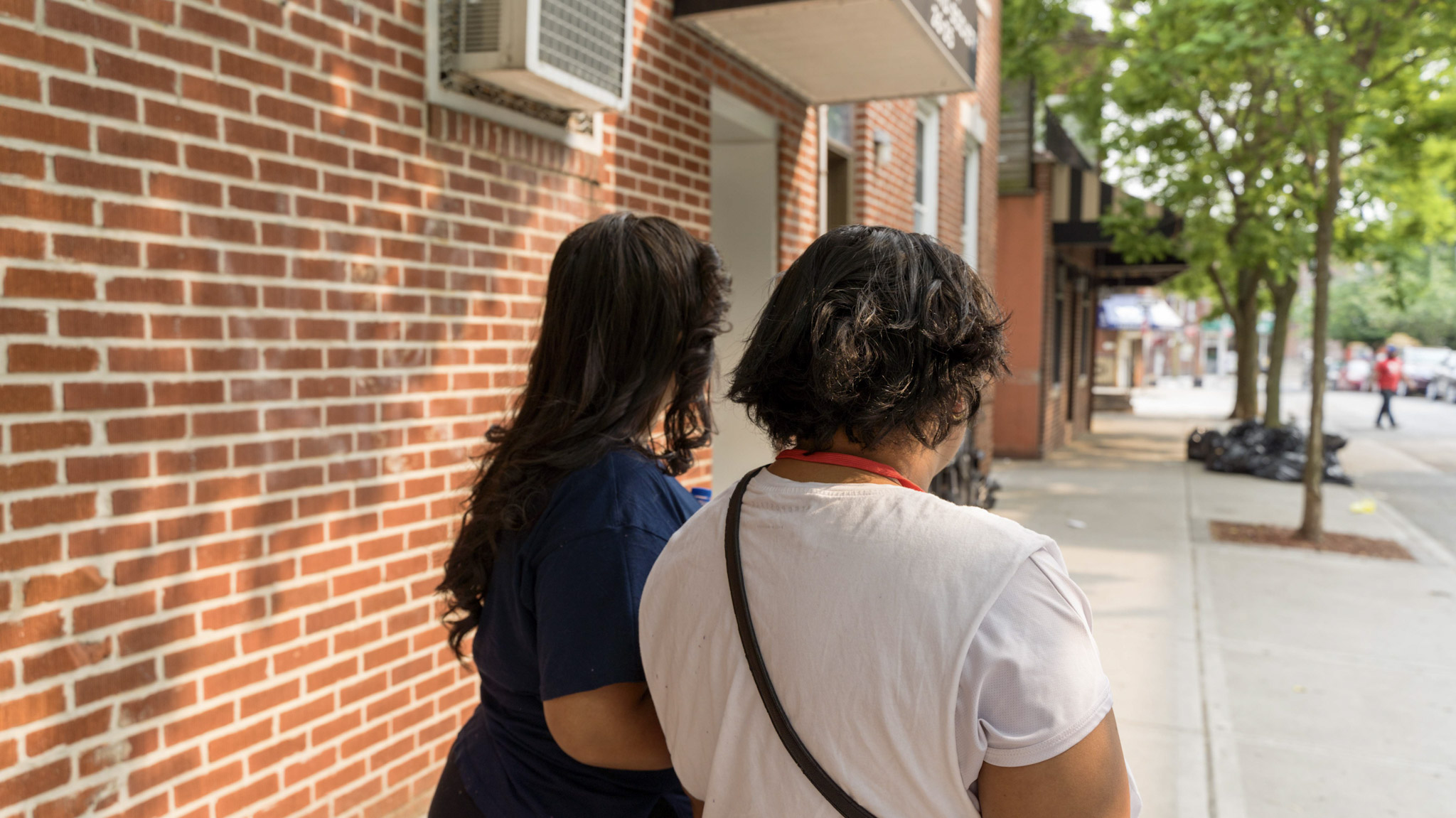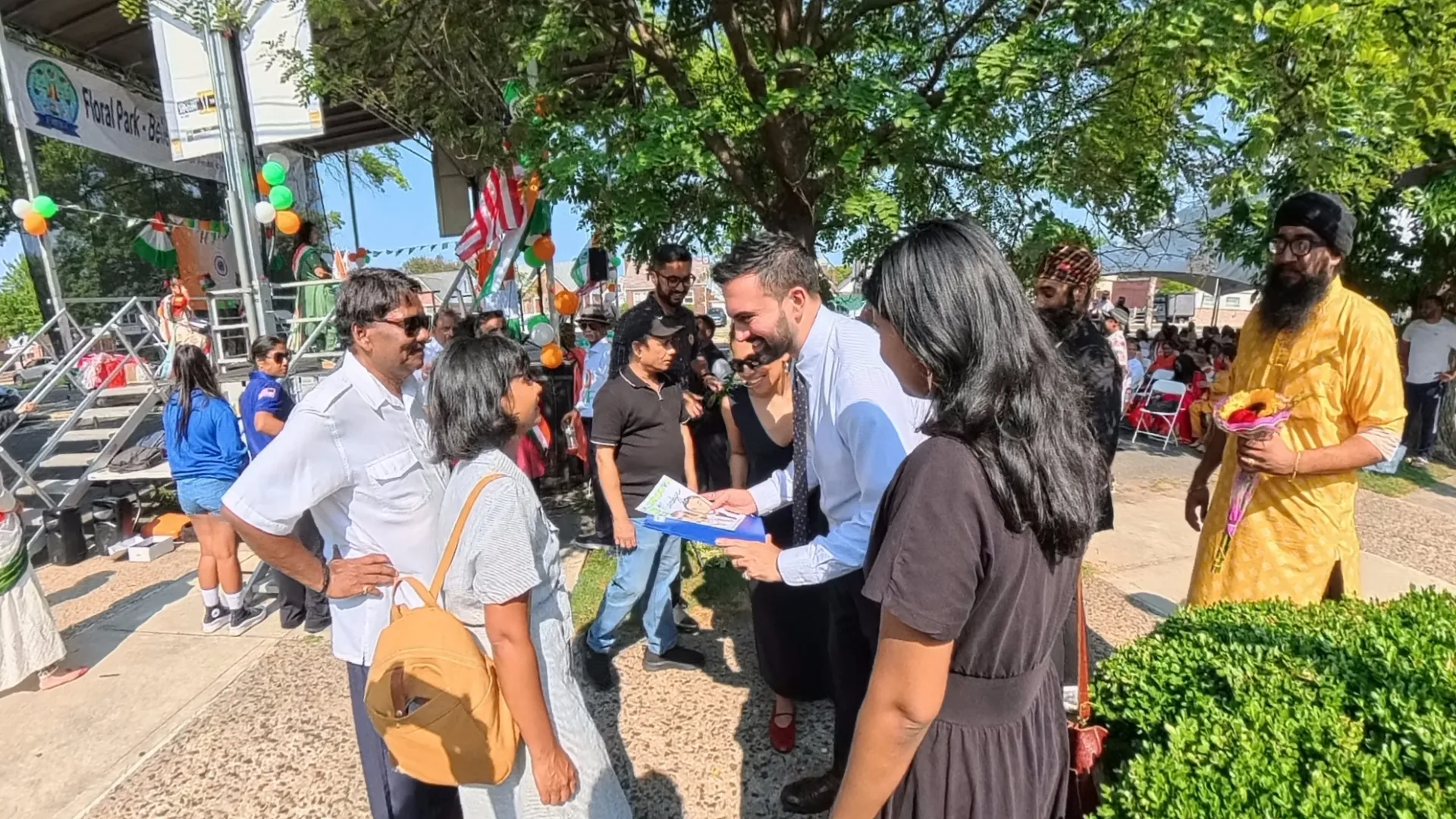

This piece was created in partnership with BORDER/LINES, a weekly newsletter dedicated to demystifying and contextualizing big immigration policy developments. Over the next month, Documented will be looking back at the Trump administration’s immigration policies over the past four years and examining how they’ve impacted New Yorkers. Read all of our coverage here.
Threats to End DACA as a Bargaining Chip
Before moving to officially end the program in 2017, President Donald Trump said he would give Congress six months to enshrine DACA´s protections into law. Rather than waiting, however, the Trump administration ended the Deferred Action for Childhood Arrivals program just two days after the president’s announcement. In September 2017, then-Department of Homeland Security Secretary Elaine Duke issued a memo terminating the program, prompting nearly immediate lawsuits from the University of California, 15 states, and Washington, D.C.
Throughout the years-long legal battle that ensued, the Trump administration repeatedly attempted to use DACA as a negotiation tool. In 2017, Sen. Chuck Schumer and Rep. Nancy Pelosi attempted to reach a deal with the administration, offering enhanced border security in the form of drones, sensors, and other technology—but no border wall—in exchange for DACA. In the lead-up to the 2018 government shutdown, Trump once again suggested he’d keep the deferred action program if Democrats agreed to fund his immigration initiatives.
Also Read: How Trump’s War on Sanctuary Cities Affected Immigrants
It’s important to note that the administration didn’t offer a path to citizenship or any form of permanent status for DACA recipients in exchange for border wall funding; instead, the president said he’d keep the program intact as is. Since its inception under the Obama administration, DACA recipients have been in a sort of legal limbo. Though they remain undocumented, people with DACA are generally shielded from deportation and can legally work in the United States. They qualify for in-state tuition at many public colleges and universities and can even travel outside the country using a mechanism called advance parole.
Also Read: An ICE Shooting and a ‘Political War of Words’
A War on DACA Safe Nets
But DACA protections don’t entirely preclude deportation. There have been several instances of DACA recipients being arrested and detained by Immigration and Customs Enforcement over the years. Moreover, ICE can access information found on DACA applications—including recipients’ home addresses—despite the Trump administration’s claims it wasn’t sharing it with the agency. The applications are processed by U.S. Citizenship and Immigration Services, another DHS agency.
The three DACA lawsuits against the administration’s attempt to end the program all argued the same thing: that the administration had violated both the equal protections clause of the Constitution, given Trump’s disparaging claims about immigrants in general and DACA recipients in particular, and that the hasty attempt to terminate the program violated the Administrative Procedures Act, which requires the executive branch to present a clear rationale and timeline for all policies. One jurisdiction, the federal district court in Washington, D.C., ruled that the administration had violated the APA but could attempt to terminate the program under a different rationale. Ultimately, the three cases were consolidated and brought before the Supreme Court, which this year ruled that the administration’s attempt to terminate DACA was unlawful on APA grounds—but, crucially, not that the administration didn’t have the legal authority to end DACA in the first place.
Put simply, the Supreme Court ruled that the administration went about ending DACA the wrong way, not that it couldn’t do so. While immigrants’ rights groups and DACA recipients saw the ruling as an immediate victory, they also recognized that the administration would likely gear up to end DACA again. Looked at this way, the Supreme Court ruling wasn’t a total loss for the administration, but rather a blueprint for how to legally terminate the program once and for all.
Also Read: A Family Trip Turned Into an Immigration Nightmare
Since the Supreme Court decision, USCIS has rejected all new DACA applications, prompting yet another lawsuit. In a memo, acting DHS head Chad Wolf—who the Government Accountability Office recently said was unlawfully appointed to his position—said the agency would no longer grant advance parole, the mechanism allowing those with DACA status to travel outside the United States, and would cut the validity of existing DACA grants in half, to just one year.
There are currently more than 643,000 DACA recipients in the U.S., about 28,000 of whom live in New York state, according to data from the Migration Policy Institute. More than 1.3 million others qualify for DACA—including 80,000 New Yorkers—but have been unable to apply since the Trump administration stopped processing new applications in 2017, according to the same estimates. In total, the fate of more than 2 million people hangs in the balance now. The overwhelming majority of DACA recipients and those who are eligible is from Mexico, according to the MPI data, though there are a number of DACA recipients from El Salvador, Guatemala, Honduras, Peru, Brazil, and South Korea as well.
Also Read: Growing USCIS Backlogs Could Be Worsened by Spending Cuts
It’s likely that a second Trump term would mean another attempt to end DACA. Whether or not that attempt will be successful depends on a number of factors, including the administration’s adherence to the APA, future legal challenges, and the composition of the Supreme Court. The Supreme Court ruled 5-4 against the government’s previous attempt to terminate DACA, largely along ideological lines, though Chief Justice John Roberts wrote the decision and sided with the plaintiffs. However, given that Roberts’ decision basically instructed the administration to come up with better reasoning, it’s likely a future legal challenge—if it does make its way to the Supreme Court—would play out differently, especially as Amy Coney Barrett, another conservative Supreme Court justice, was just confirmed to the court.
Also Read: The Legal Battle That Followed Trump’s Plan To End DACA
